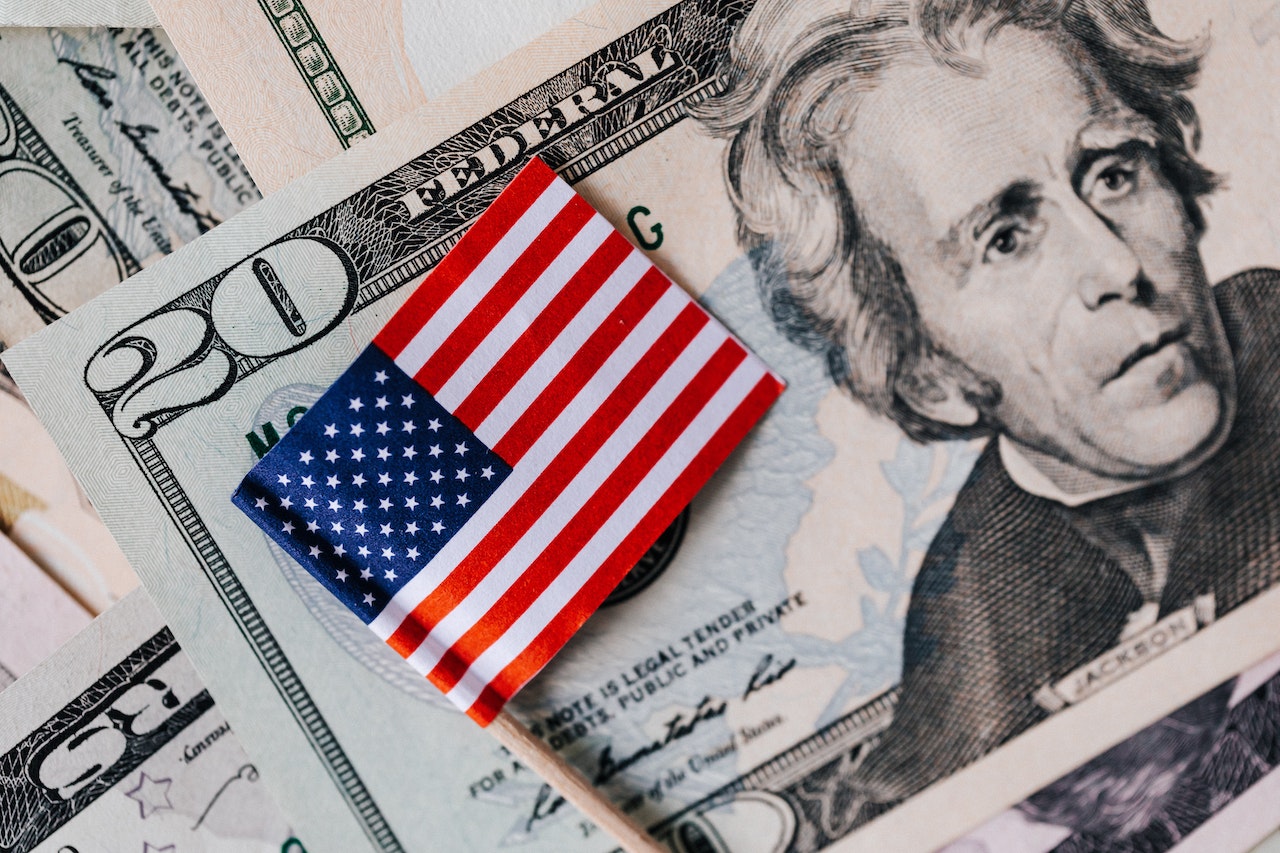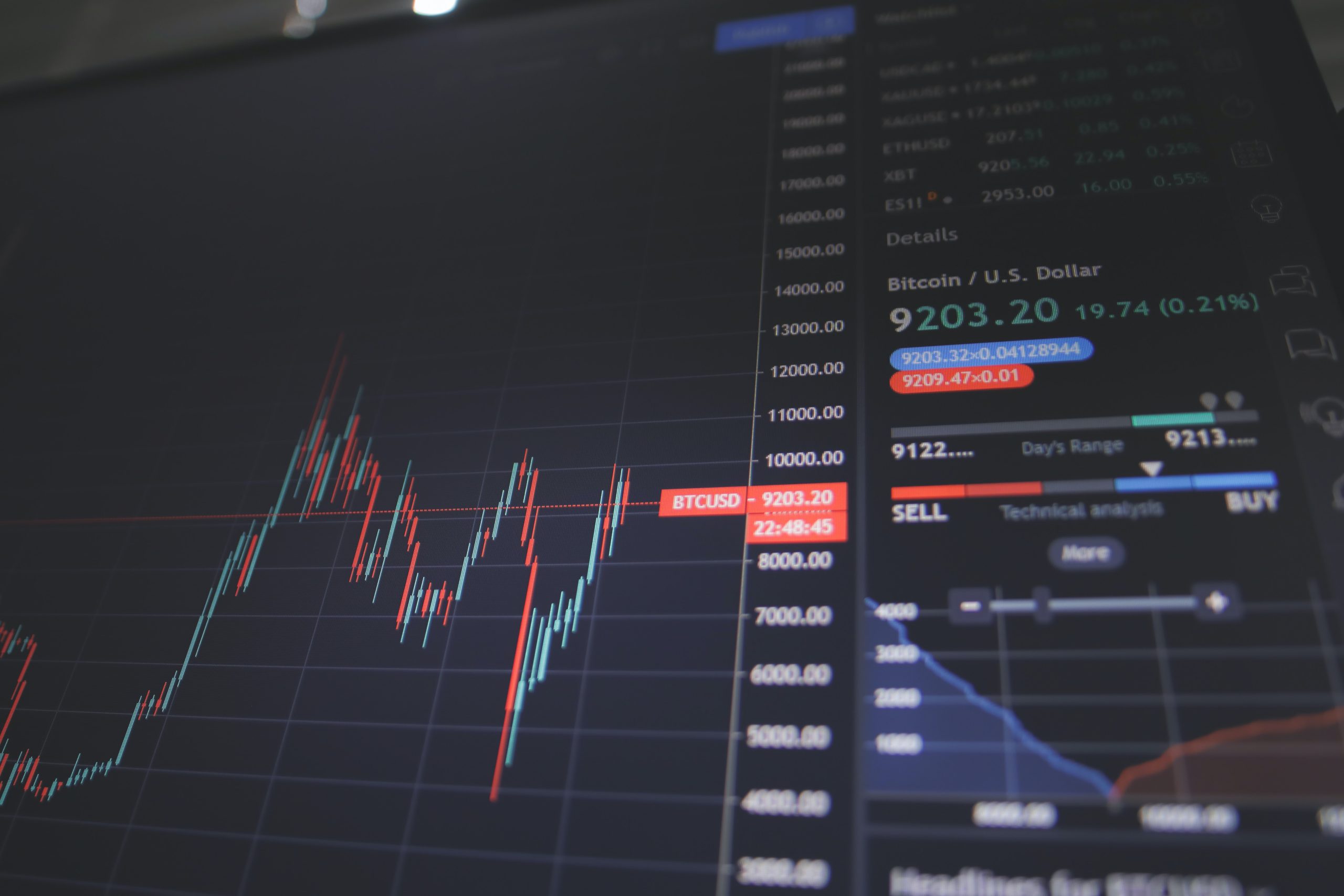The commercial property market is a vital component of the US economy. However, recent events have caused many experts to raise concerns about its stability. With numerous businesses struggling due to COVID-19 and other economic factors, it’s no wonder that banks are feeling the heat when it comes to loan defaults. In this blog post, we’ll explore why US banks are at high risk of default on commercial property loans and what can be done to mitigate these risks. So buckle up and get ready for a deep dive into the world of commercial real estate!
The current state of the commercial property market in the US
The commercial property market in the US has been going through a tough time lately. With many businesses struggling to stay afloat due to the economic downturn caused by COVID-19, tenants are unable to pay their rent on time, which is causing significant financial stress for commercial landlords.
This situation has led to an increase in loan defaults and foreclosures on commercial properties. According to data from Trepp LLC, there were over 6,700 delinquent loans totaling more than $56 billion as of August 2020.
The retail sector has been hit particularly hard with store closures and bankruptcies becoming increasingly common. This trend is expected to continue as consumers shift towards online shopping and away from brick-and-mortar stores.
On the other hand, industrial and warehouse properties have seen increased demand due to e-commerce growth. The pandemic-induced shift towards remote work has also created new opportunities for companies in need of smaller office spaces or even co-working spaces.
While some sectors of the commercial property market are experiencing growth, others are facing significant challenges that could lead to further loan defaults and foreclosures if not addressed properly.
Why US banks are at a high risk of default on commercial property loans
The commercial property market in the US has been hit hard by the COVID-19 pandemic. With businesses shutting down or downsizing, many commercial properties have become vacant. The reduced demand for commercial space has led to a decrease in rental income and property values.
US banks are at a high risk of default on commercial property loans because they have significant exposure to this sector. They have lent billions of dollars to investors who own office buildings, hotels, malls, and other types of commercial properties. If these borrowers cannot repay their loans due to decreased cash flows from rent collections, it could lead to a wave of defaults that would put pressure on bank balance sheets.
To make matters worse, many banks had relaxed their underwriting standards during the years leading up to the pandemic and lent money based on overly optimistic projections. This means that some borrowers may not be able to generate enough income from their properties even when demand returns.
The potential consequences of a wave of defaults on commercial property loans are dire. Banks will need more capital reserves to cover losses which can affect lending activities across all sectors including small businesses and individuals looking for mortgages or car loans.
US banks face an unprecedented level of risk with respect to defaulting on their commercial real estate portfolio given the uncertain economic outlook caused by COVID-19’s impact on business revenue streams and occupancy rates in various industries such as hospitality retail spaces etcetera.
The potential consequences of a wave of defaults on commercial property loans
A wave of defaults on commercial property loans in the US could have severe consequences. The most immediate impact would be on the banks that hold these loans, as they would face significant losses. This could lead to a tightening of credit conditions and a reduction in lending, which would make it harder for businesses and individuals to access funds.
The wider economy could also be affected if a large number of businesses are forced to close due to defaulting on their loans. This could result in job losses and a slowdown in economic activity, further exacerbating the effects of the COVID-19 pandemic.
In addition, a wave of defaults could trigger a drop in property prices as lenders attempt to recoup their losses by selling off foreclosed properties. This would create opportunities for investors but may also lead to instability in financial markets.
Ultimately, there is no easy solution to mitigating the risks faced by US banks when it comes to commercial property loans. However, regulators can take steps such as stress-testing banks’ portfolios and imposing stricter underwriting standards. It’s crucial for all stakeholders – from borrowers and lenders alike -to work together towards responsible borrowing practices that prioritize long-term sustainability over short-term gains.
What can be done to mitigate the risks faced by US banks?
US banks can mitigate the risks they face by implementing a range of measures. Firstly, they could consider tightening their lending standards to reduce the number of risky loans on their books. This might entail requiring higher down payments or more stringent credit checks for borrowers seeking commercial property loans.
Secondly, US banks could diversify their portfolios by investing in other asset classes in addition to commercial property loans. By spreading risk across different types of assets, banks may be better equipped to weather any downturns in the market.
Thirdly, US banks could also work closely with borrowers who are struggling to repay their loans and offering them alternative repayment plans or loan modifications. This approach might help prevent defaults and foreclosures while also preserving some value for both parties involved.
Regulators and policymakers can play a critical role in mitigating risks faced by US banks through enhanced oversight and regulatory action when necessary. For example, regulators could require more frequent stress tests for large financial institutions or impose stricter capital requirements on those institutions deemed most at risk of defaulting on commercial real estate loans.
There is no one-size-fits-all solution to mitigating the risks faced by US banks but taking these steps can go a long way towards reducing exposure and ensuring a stable financial system.
Conclusion
The current state of the commercial property market in the US is causing significant concerns for US banks. The high levels of risk associated with these loans have led to fears of a wave of defaults that could potentially cause severe financial damage.
However, there are steps that can be taken to mitigate these risks, such as implementing stricter lending criteria and increasing regulatory oversight. By taking proactive measures now, banks can reduce their exposure and minimize the potential impact if a wave of defaults does occur.
Ultimately, it is up to individual institutions to assess their own risk profiles and take appropriate actions. With careful management and prudent decision-making, it may be possible for US banks to navigate this challenging environment successfully.











